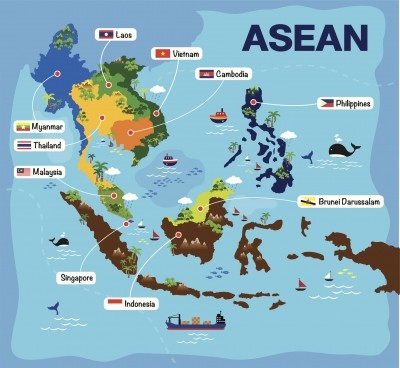Analysing trends could identify future food safety threats - expert
Horizon scanning and futures research, which are techniques to identify, analyse and communicate insights about the future, could lead to an increased ability to anticipate new risks within the global food supply, said Cranfield University’s Fiona Lickorish.
Lickorish, whose work focuses on the use of these methods, presented her views on the use of futures research during the recent UK National Science and Engineering Week.
During the event, which was organised to evaluate potential food safety and security risks, she highlighted how analysis of these trends and changes can pinpoint potentials risks to food safety and even lead to the development of new technology, industry practices and regulations.
Potential threats
“We’re trying to identify potential threats, opportunities and challenges that are normally on the margins of current thinking and planning,” said Lickorish.
“By looking at those trends, we can then decide on the areas that we might want to put further research or investigate further.”
The ever-growing meat production industry, which is predicted to double in size by 2050, is one area of concern identified using these methods. The increasing complexity of the food supply chain means there is a greater proportion of meat imports from regions including Southeast Asia, said Lickorish.
The increasing intensity of meat production could lead to a reduction in standards, she added.
“Around a quarter of the meat sold in the UK now has been imported from nations which have weaker rules and regulations in animal welfare, and there is an increasing concern about that, in the imports from food from the emerging economies.”
“Researchers are suggesting that the precautionary measures for scientific labs, slaughterhouses and animal feed plants need to be looked at in more detail and we don’t actually know what’s happening a lot in those slaughterhouses and meat production plants elsewhere in the world.”
Processing and packaging
According to Lickorish, this greater use of information can lead to advances in technology and better practices within the food processing and packaging industry.
Breakthroughs in the use of nanotechnology and intelligent packaging have come as a result of similar research, she added.
“There has been greater use of information and communications technology to enable good control and monitoring of food supply chains from producer to point of supplier or retailer. And there has also been a diffusion of small, inexpensive analytical tools which enable people to monitor food more cheaply.”
“Finally, in relevance to food risks around food packaging and processing, we hope that there will be a reduction in food poisoning cases due to these interesting insights around packaging.”





